Vuelta: I am…
by Diana Cortada of FIU
Introduction
When touring Parc Güell, my peers and I had sat on the benches while admiring its unique, mosaic architectural design, truly taking our time soaking in the work of Antoni Gaudi and the elements of Modernismo surrounding the Greek Theater. It was at this moment that Professor Bailly asked us who we were? No matter how much pondering I could have possibly done with such a question, I knew the answer to this question became so much clearer now after attending this program. The question triggered me to think back on my experiences in Madrid.
Transportation

Walking the sidewalk in Madrid at what seemed like a steep incline compared to Miami’s flat landscape, we’d reached the renowned Atocha train station. The Atocha station, also known as Madrid Puerta de Atocha is the primary railway station of Madrid, transporting an average of 94,000 passengers a day and covering about 104,195 meters squared of total surface area (UIC Communications n.d.). Inaugurated in 1851 as La Estacion del Mediodia, the train station has provided transportation for residents for hundreds of years and connected various forms of public transport like metros and buses through three different sections of the station: Madrid Puerta de Atocha, Madrid-Atocha Cercanias, and Atocha Renfe (CIVITATIS n.d.).
The closest comparison I could make of my experience riding a train in Madrid was riding the metrorail in Downtown Miami back to the Miami-Dade Government Center. The metrorail system was Florida’s fastest transit system and largest public project from 1979-1984 (Metrorail 2015). After just three decades, the metrorail extended from Kendall all the way through Miami International Airport, similar to the route direction of Atocha. Passing through the station, we came across what seemed like a dark underground room with sunlight shining through a tunnel on the roof of the room. Squinting my eyes, I could see that on the walls of that tunnel were expressions of sorrow from citizens in regards to the worst terrorist attack that occurred in Europe, the bombing of four commuter trains in Spain that took place on March 11, 2004 in this very station (Lomholt 2020). Admiring the architectural design that was intended to instill a shimmer of hope from a site of such sorrow, I was reminded of the lives we lost due to the terrorist attacks that took place in the United States on September 11, 2001. What I’d taken from this was that communities from both continents became stronger despite the losses we suffered in these times.
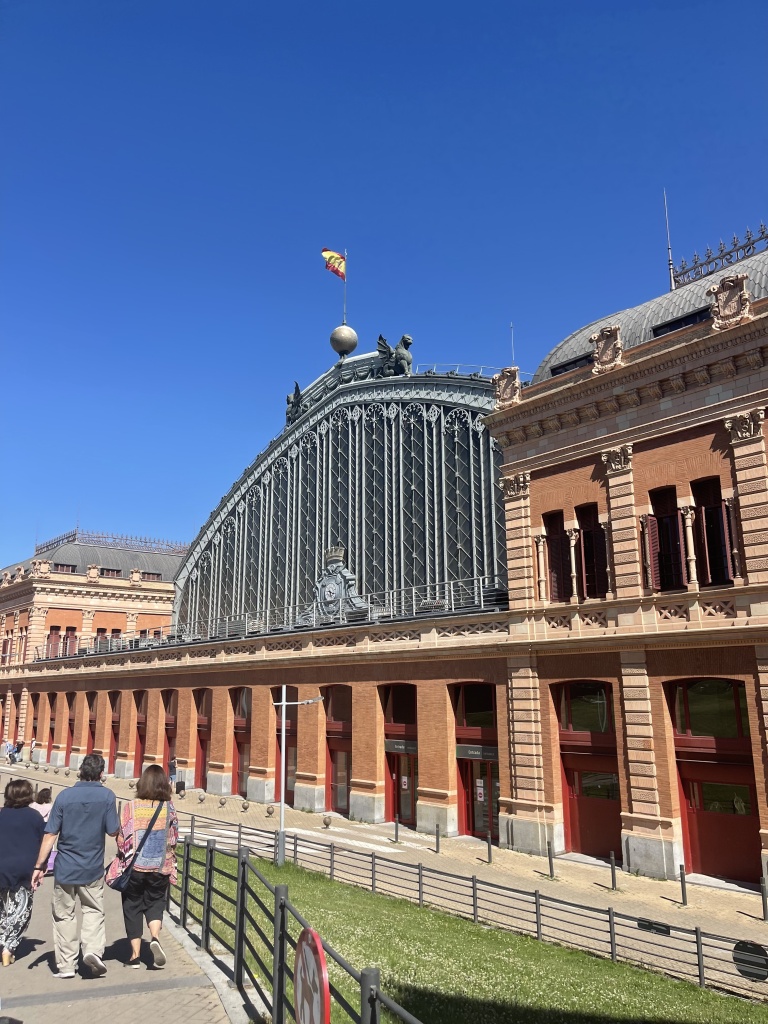
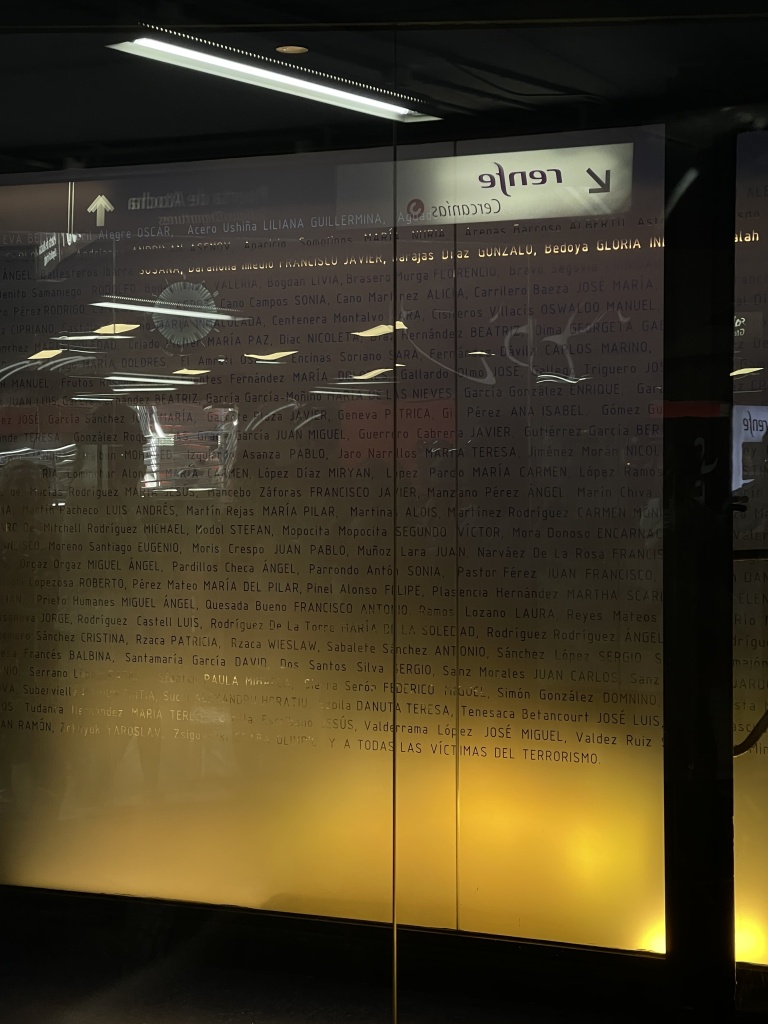
Quality of Life
Appreciation of Nature

We kept walking to find the oldest part of Atocha, which was made a foyer in 1992. However, in this supposed foyer resided a large tropical garden consisting of over 500 species of different plants and animals including small turtles and providing a sense of peacefulness to the already noisy, busy train station (CIVITATIS n.d.). I could clearly see Spain’s appreciative attitude towards nature, especially during my visit to El Parque del Buen Retiro.
Walking around El Retiro, I was in shock as I observed many people in their bathing suits sunbathing and reading, soaking in the ardent summer sun. Living in Miami, you’d probably come across people at the beach in bathing suits but not in a park where there is no body of water to dive in after. It was also when I made this observation that I noticed the amount of emphasis provided on the preservation of nature, leading me to conclude that the officials who helped organize the opening of this park perhaps had in mind the quality of life of its residents and visitors. Indeed, the park was created in the 1600s, promoted by Count Duke of Olivares, with the intention of providing a space where the king could relax and entertain himself (Toledo 2019). Bullfights, palace balls, plays and poetry performances were held in the park as well as water games inside the Big Pond whose use now is to attract visitors to ride small boats and enjoy the scenery. After Charles III allowed Madrilenians into the park, he promoted the implementation of changes to fit the ideas of the Enlightenment, with areas in the park dedicated to cultivation and farming (Toledo 2019).

With these considerations in mind, I began to make comparisons with the infamous Tropical Park. Very rarely in Miami do we see parks that genuinely cater to the good and well-being of its local residents and Tropical Park was the first that came to mind. Despite the area of bike rentals by the hill where people are free to gather for picnics and hang outs, Tropical Park reaps profits from its visitors as much as any other park in Miami. I’m hyperbolizing when I say the park is 90% parking lot and 10% actual greenery but in reality, the majority of the park is for holding different kinds of events, ranging from food festivals to sports games, all of which the park profits off of. Due to the overly increasing population in Miami, Dade County is facing increased congestion, diminished quality of life, declining recreation and conservation of open space, limited transportation and social inequities (Miami-Dade County 2007). Aside from the art galleries and artists selling their paintings in El Retiro, the park mainly focuses on the celebration of culture and history. El Paseo del Prado, which was initially an area of recreation in the 15th century after Philip II contribution to the remodeling and beautification of the park, gives rise to the urban renewal that had strong influences on Latin America and the creation of an area dedicated to the social elements of research and science (Landscape of Light n.d.).

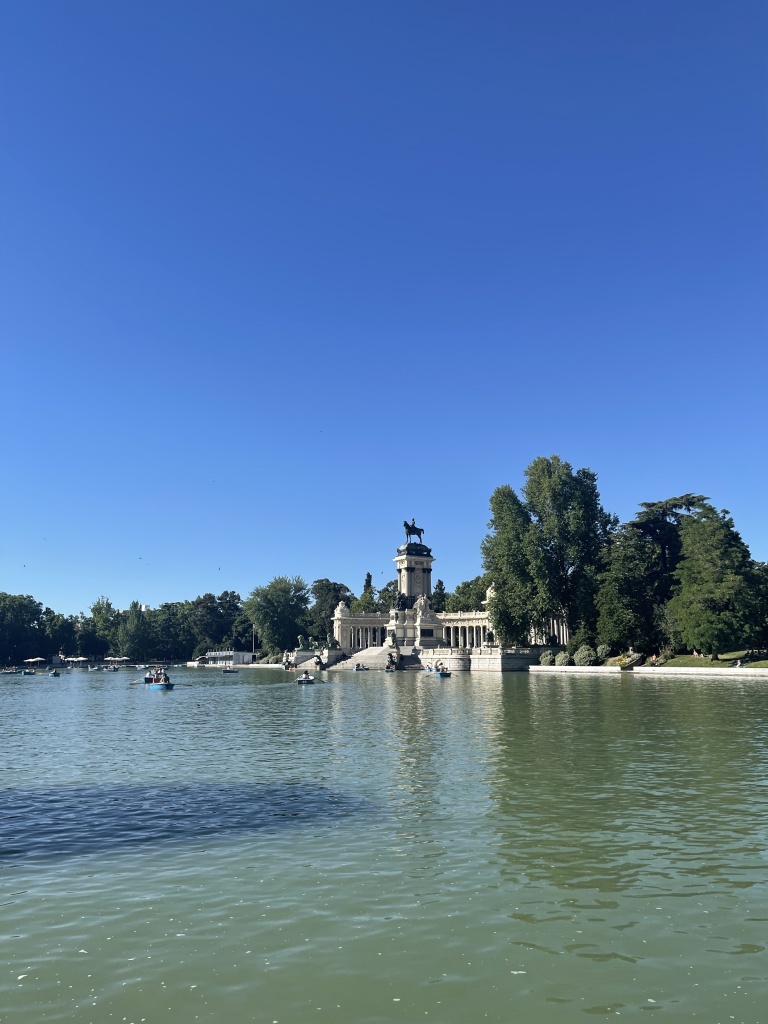
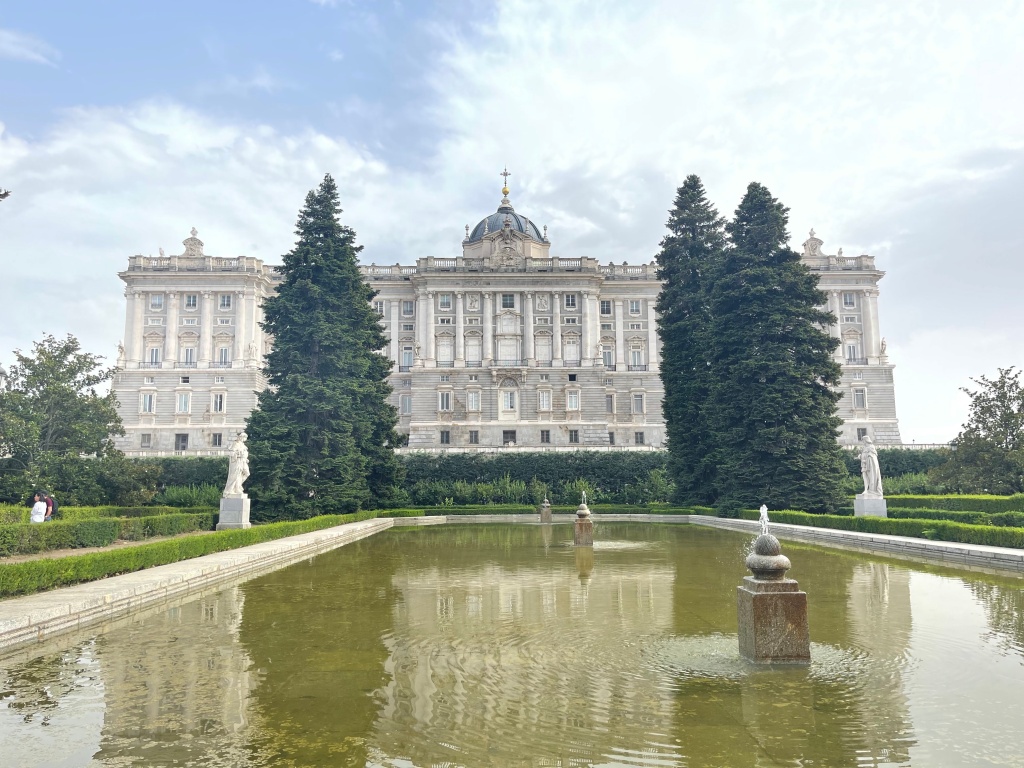
The celebration of nature continued when I explored the Jardines de Sabatini, also known as Jardines del Campo del Moro, in the northern facade of the Palacio Real de Madrid. I was in awe of the geometric accuracy of the bushes, the aligned placement of the magnolia and pine trees and the symmetry of the entire garden. It was created in the 1930s after Spain had just proclaimed the Second Republic, in the hands of Fernando Garcia Mercadal who removed the stables placed by Francesco Sabatini and planted the plants and trees that populate the garden today (Sanchez 2021). These were all areas in Madrid where I was given the opportunity to appreciate the natural world around me, something I’d like to introduce to and practice more often at home.
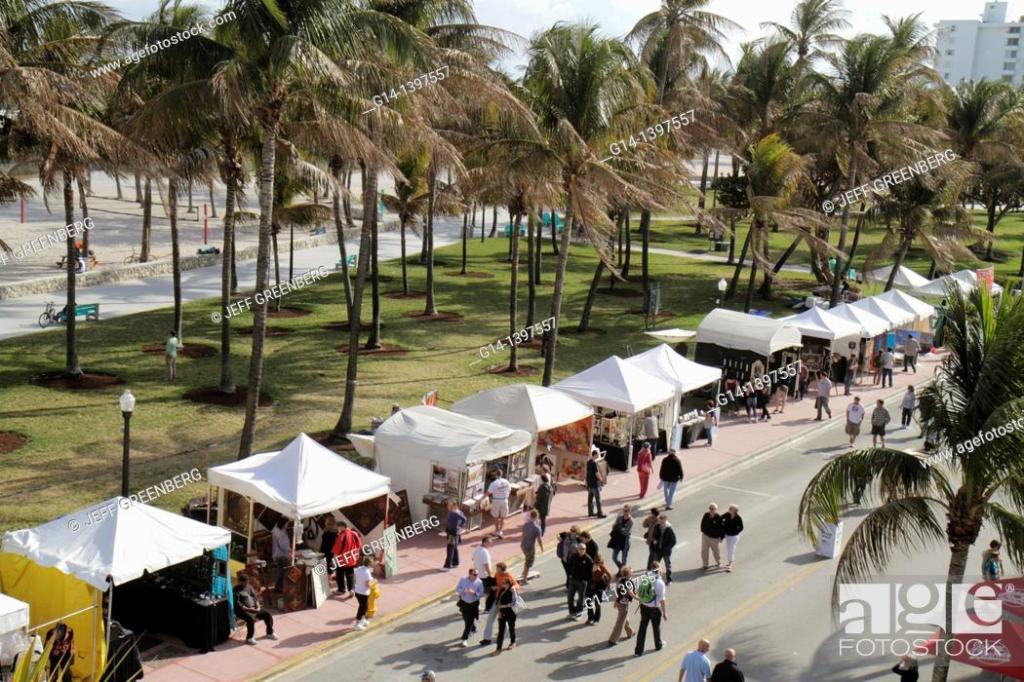
After meditating and adopting a sense of peacefulness and gratefulness in El Parque de Maria Luisa in Sevilla, I followed a trail of horses with carriages to la Plaza de España, where I got to see truly Spanish culture for what it was. Flamenco dancers gathered at the center of the building, performing tablaos for visitors in the form of celebration and embracing their culture. This cultural manifestation was one I was very impressed with but definitely a similarity Miami shares with Spain. All along Ocean Drive, there are various street vendors, much like the ones I’d seen in Barceloneta on the night of the Fire Feast Festival of Sant Joan. However, there are also manifestations on that same strip of dancers who come to share their art, but instead of many different cultures. Although Miami is a major melting pot of Latin Culture, I would enjoy introducing Spain with more Latino culture and embracing it for its beauty and diversity, and not just the historical aspect portrayed in the Museo de Las Americas in Madrid. Instead, it’d be great to showcase how modernized the culture has become, and to actually represent it aside from playing reggaeton at nightclubs, as Miami has successfully done.

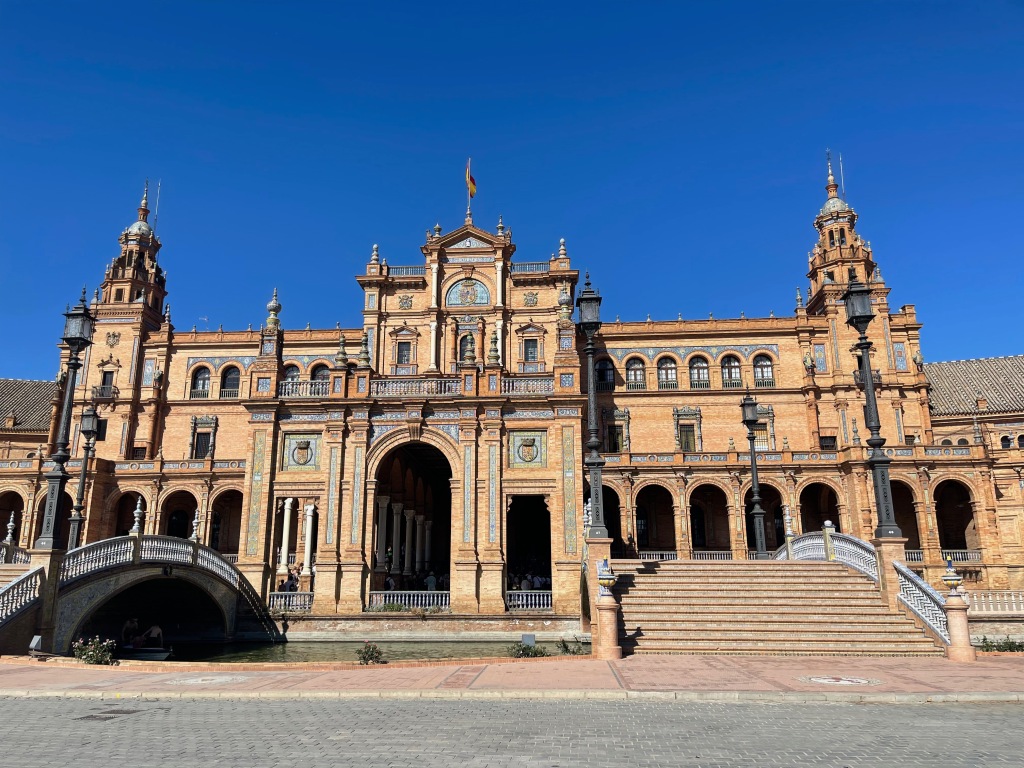

Spanish Cuisine

Eating at the oldest restaurant in the world, El Sobrino de Botin, I was surrounded by musicians playing instruments, dressed as though they were in the 1700s and I observed as they sliced the jamon iberico right off of the leg of the pig. Fresh ham, served with manchego cheese, spanish tortilla, croquetas and bread with olive oil or tomato paste. These servings are referred to as tapas, or appetizers. The roasted lamb and the small pig, cochinillo, were among the many traditional Madrilenian foods served at this restaurant, always accompanied by patatas bravas or en aceite (Botin 2022). I thought of the many times I’d visited my family in Cuba and they’d chow down on a pan con tomate, Cuban bread with tomato slices, if they could get their hands on bread that day of course. Pork was another staple I ate in Spain that reminded me of home. Every holiday in Miami, my family dedicates their time to make an entire pork for the family. We also purchase a whole pig to make when visiting our family in Cuba so that once we come back to Miami, they are left with food supply for the next couple of days after we are gone. Our holiday cuisine dates back to when the “Father of the American pork industry,” Hernando de Soto, brought over 13 pigs to Tampa Bay in 1539 for consumption (Vann 2009). However, this herd of pigs reproduced and accumulated after Soto’s death and some were able to escape being eaten by troops, becoming wild pigs (Vann 2009).
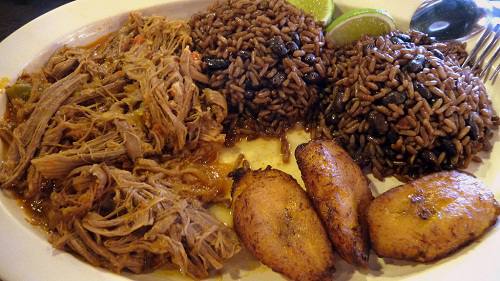
Almost every Cuban dish is tossed in sofrito, which is a blend of garlic, onions and peppers. They actually adopted the sofrito concept from French and Spanish cuisine. However, Cubans made modifications to fit their cultural style and preferred flavors, not including as much carrots and celery from French sofrito and tomatoes from Spanish sofrito (Admincuba 2021). Eating predominantly Spanish dishes that influenced the Miamian Cuban cuisine was always missing what makes Cuban food Cuban, and it was the addition of platano as a side or arroz moro. Whether it was fried plantains, tostones or just bananas with every meal aside from arroz moro, I was able to further confirm my lack of relation to Spain through the differences in something as simple as a side dish. The term arroz moro came from the historical fight between Moors and Christians, the rice representing the chrsitians and the black beans representing the moors, that lasted hundreds of years on the Iberian peninsula (Admincuba 2021).
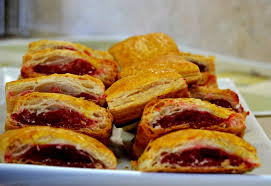
Unique from Spanish cuisine, regardless of its major influences on Cuban cuisine, were the island’s native fruits such as mango, guava, mamey and mamoncillos (Admincuba 2021). Guava, which is now also a Miami staple as a result of Cuban influence, is a fruit commonly grown and consumed in Cuba but is also used in Miami to make pastelitos or even eaten as a casquito de guayaba con queso. It amazed me to experience food that seemed so close to home to have varied so distinctly in texture and taste. Unlike Spain, where one enjoys a glass of tinto de verano with every evening meal, one can expect Miamians to enjoy some mamoncillos in the summer with some Cuban bread sandwiches when at the beach.
Religion
El Palacio Real de Madrid was built in the 16th century with the intention of portraying the ostentatiousness of the Christian religion through a palace that would house royals, however it was built over a 9th century Muslim castle (Zaino 2017). After it was burned down in 1734, King Philip V ordered its reconstruction, which is the palace that still stands (Zaino 2017). Entering each room of the palace, there were representations of royals being crowned by angels, masterpieces on ceilings that I’m sure took the work several hands and years to complete. Learning this brought me the same feeling of discomfort as did the construction of the cathedral within what was once an Islamic mosque in La Mezquita-Catedral de Córdoba. After the mosque was constructed in 785 CE when Cordoba was the capital of Muslim rule who controlled Al-Andalus, Christians conquered Cordoba in la Reconquista and converted the mosque to a cathedral, leaving behind the Islamic elements to show their triumph against Muslims (Mosque–Cathedral of Córdoba 2022). The knowledge that Christians constantly sought out superiority among other religions and worried more about ostantaseous materials elevating God and the heavens, like the building of cathedrals over other religious grounds, made me challenge my faith. Like if I may have been regretful of following the Catholic faith, ashamed even, that those before me could have committed so many atrocities against humanity just for having a different opinion, something profoundly relevant still in today’s politics and religious beliefs. I was able to see Islam as not was it is potrayed to be by hateful people, Hispanics even, but instead by its faith and its goal to promote peace, fairness, and unity in their God. This became even more apparent when I visited la Alhambra in Granada. From what was known as a military zone, to what became the royal residence and court of Granada in the 13th century, la Alhambra was a fortress, palace and small medina all in one (Alhambra Valparaiso Ocio y Cultura SL n.d.). It was seized in 1492 by Catholic monarchs and became a Christian court (Alhambra Valparaiso Ocio y Cultura SL n.d.). Yet again another instant to challenge my faith in Catholicism.

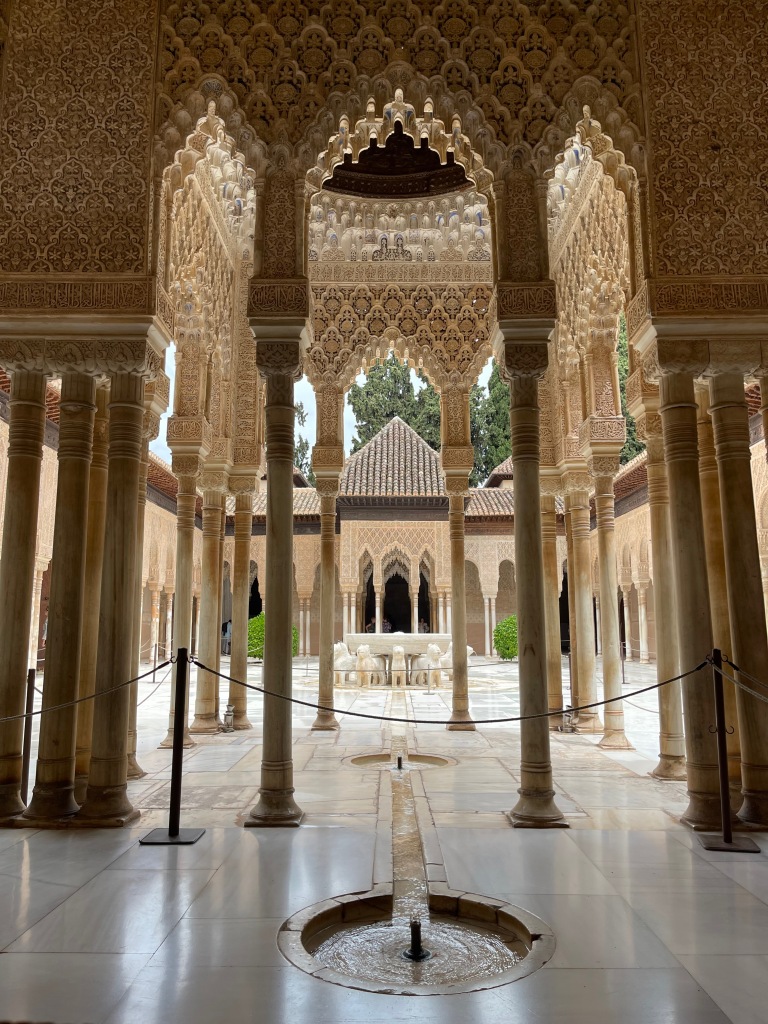

However, it wasn’t until my visit to la Catedral de Sevilla and the Sant Jeroni hike of Montserrat that I felt my faith was reinforced. Despite yet again, the replacement of yet another mosque, the Almohad mosque, the cathedral of Seville met its intention of being a magnificent place of worship (Roller 2020). Entering the cathedral that still stood after hundreds of years since its initial construction traces in 1248 was a breathtaking experience (Roller 2020). Mainly because of the organs playing and the birds soaring in the high domes of the church, I felt the presence of God in that moment. At this moment I realized that my religion is not what the past made it out to be, it is what I make of it now and how I choose to contribute to the betterment of the mistakes committed in the past. To accept others as we’ve been accepted, to love and tolerate our neighbors, regardless of their faith, and to share peace and be unified regardless of our beliefs because at the end of the day, we are all searching for the same thing, peace and guidance from our faith.
Architecture
As in awe as I was with the Gothic, Islamic and Romanesque architectural style of the cathedrals, palaces, synagogues and mosques I’d visited, the Modernismo architectural style is one that impressed me the most as it’s conceptual aspect can still be considered in the contemporary art world. The concept of creating art out of scraps is the concept that Modernismo attempts to portray and succeeds. In El Born, Barcelona, the Palau de la Música Catalana is very representative of the Modernist architectural style. Lluís Domènech i Montaner constructed the Palau in 1905, promoted by the “Orfeo Catala” society of individuals seeking to create a unique setting to conduct performances and have other artists come and perform as well (Palau De La Música Catalana n.d.). Like La Sagrada Familia, el Palau celebrated nature through its architectural components. The Palau was created to feel as though one was entering a garden, with the use of ceramic to design flowers and peacock-like features to add an elegant feel to the theater. Similar to the Palau, the Greek Theater in Parc Güell consisted of small pieces of ceramic tiles of all kinds of colors and designs to create the benches we were sitting on.

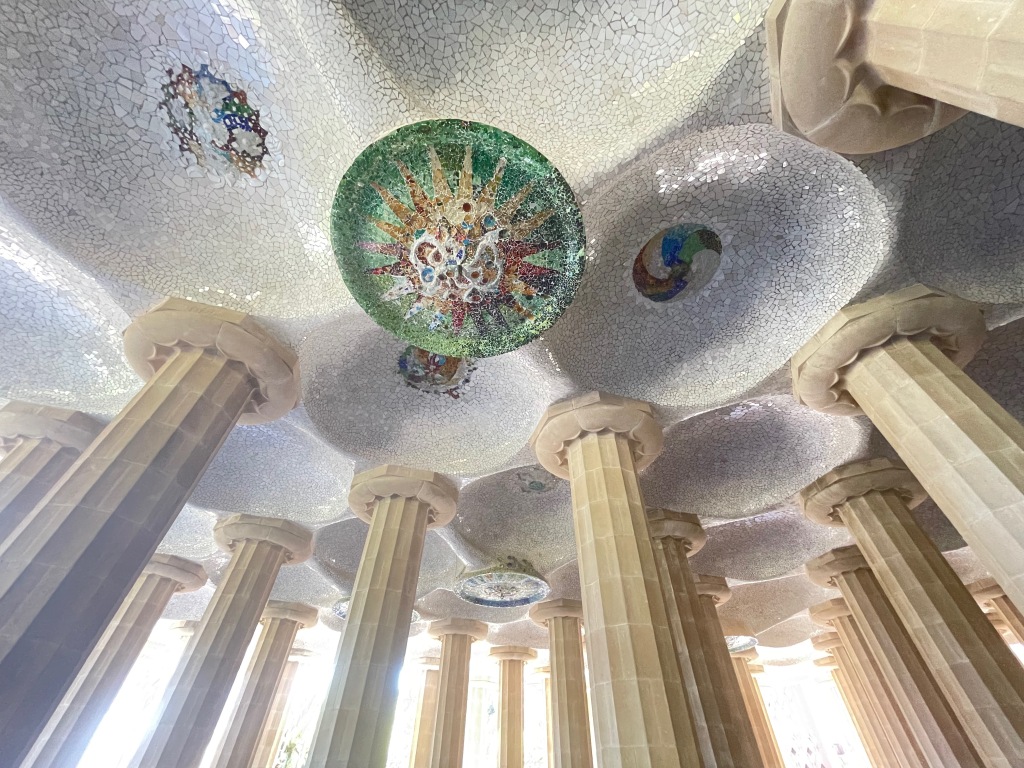
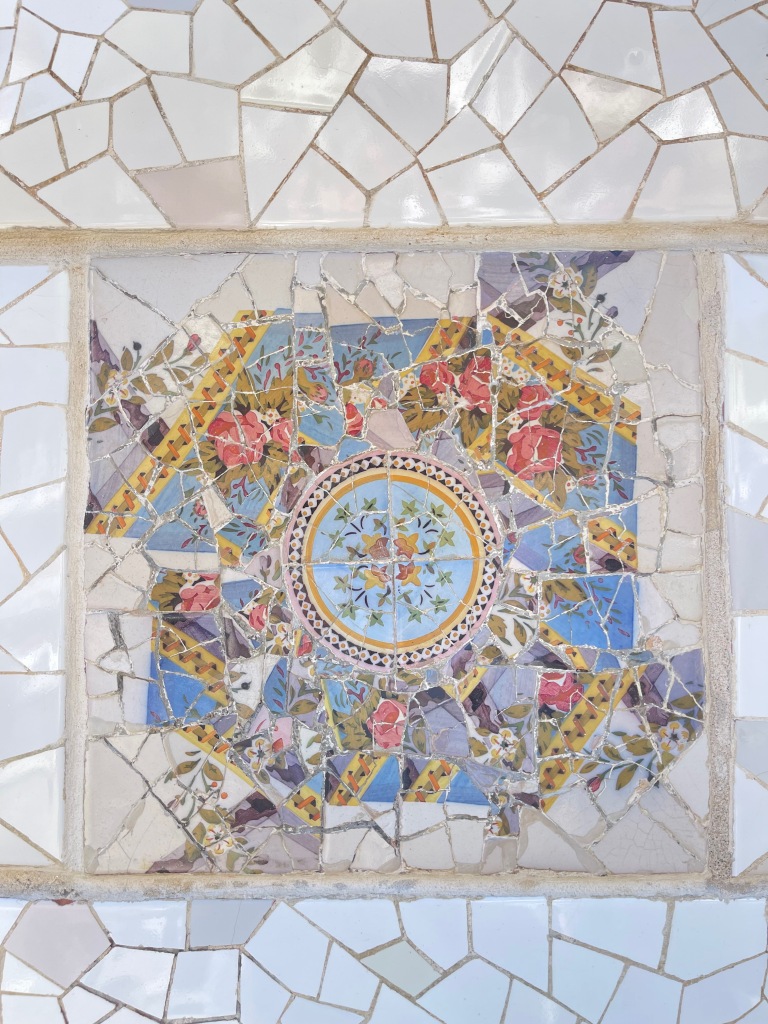
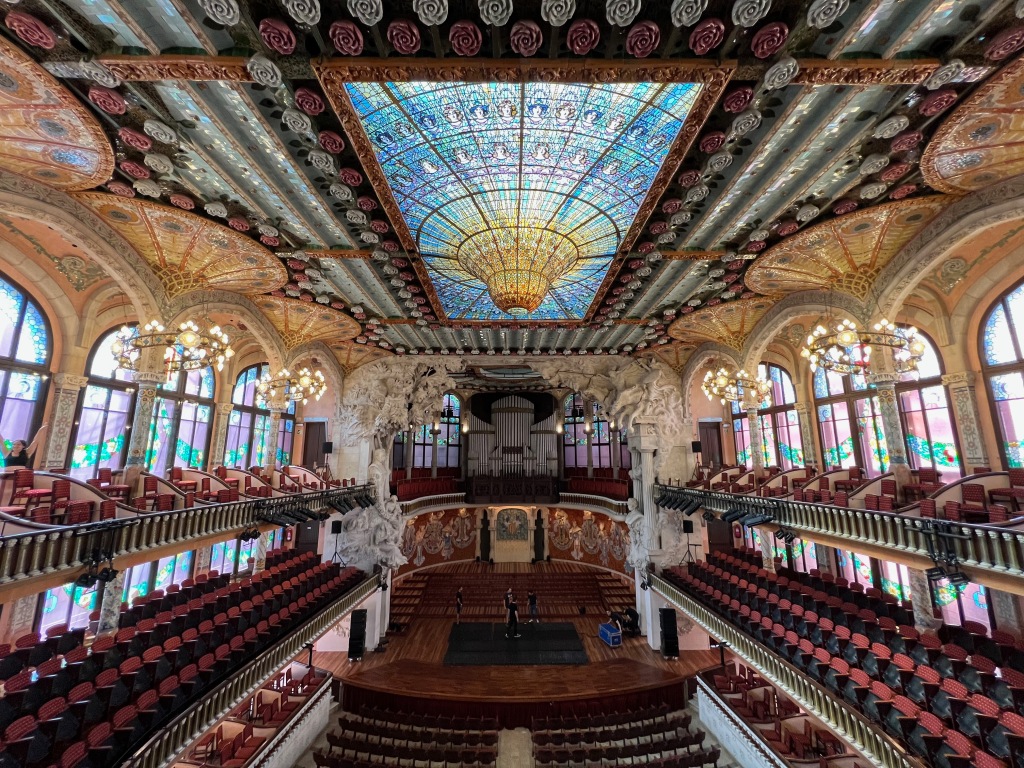
Referring back to the question Professor Bailly had asked, I am a Cuban-American. I identify as a Latina because I was raised in a family of Latinos. I may be Spaniard in blood and in history, but I do not identify myself as such because of how estranged I felt walking the streets of Madrid and Barcelona, trying to decipher the dialect and accent of both populations who spoke Spaniard Spanish and Catalan. I know what it’s like to come from “un barrio humilde,” a humble neighborhood, something I didn’t experience in Spain with all of its developed, non-island Modernist, Islamic, Gothic and Romanesque architectural styles. I eat plantains with every meal, not patatas. I add Cuban sofrito to my home cooked beef picadillo and meats. I even add Cuban sofrito to my step when I dance salsa, not flamenco. I am a Catholic, who believes in the Holy Trinity, la Virgen Maria and the saints. I lack a profound devotion to the faith, however, I can proudly say that I am a follower of Jesus but I can humble myself before those who are not. I can respect their faith as they’ve respected mine and I will continue to contribute to the restoration of the damage instilled by the fowl concept of religious superiority.
References
Admincuba. “Food in Cuba.” Cuba Candela, 14 May 2021, cubacandela.com/guidebook/food-in-cuba/.
Alhambra Valparaiso Ocio y Cultura SL. “Alhambra.org.” La Alhambra De Granada, http://www.alhambra.org/en/alhambra-history.html.
Vann, Mick. “A History of Pigs in America.” Food – The Austin Chronicle, 10 Apr. 2009, http://www.austinchronicle.com/food/2009-04-10/764573/.
“Botín Restaurant: Centennial Restaurant: Guinness World Records.” Español, 14 June 2022, botin.es/en/home/.
“Landscape of Light. Paseo Del Prado and El Retiro Park.” Madrid Tourisme, http://www.esmadrid.com/en/landscape-light-paseo-prado-and-retiro-park.
Lomholt, Isabelle. “Atocha Monument Madrid: 11 March Memorial – e-Architect.” e, 15 Dec. 2020, http://www.e-architect.com/madrid/atocha-monument-madrid.
“Madrid Atocha Train Station – Largest Railway Station in Spain.” Madrid by CIVITATIS, http://www.introducingmadrid.com/atocha-train-station.
“Madrid Puerta De Atocha Station / Spain.” UIC Communications, uic.org/com/?page=eslider_iframe&id_article=3966.
“Metrorail: Flashback Miami.” Metrorail | Flashback Miami, 2015, flashbackmiami.com/2015/06/24/metrorail/.
Miami-Dade County. Glatting Jackson Kercher Anglin, Dec. 2007, http://www.miamidade.gov/parksmasterplan/library/OSMP_FINAL_REPORT_entiredocument.pdf.
“Mosque–Cathedral of Córdoba.” Wikipedia, Wikimedia Foundation, 15 July 2022, en.wikipedia.org/wiki/Mosque%E2%80%93Cathedral_of_C%C3%B3rdoba.
“Palau De La Música Catalana.” Palau De La Música Catalana in Barcelona, http://www.barcelona.de/en/barcelona-palau-musica-catalana.html.
Roller, Sarah. “Seville Cathedral.” History Hit, History Hit, 24 Nov. 2020, http://www.historyhit.com/locations/seville-cathedral/.
Sánchez, Mónica. “Sabatini Gardens: History and Characteristics.” Jardineria On, Jardineria On, 1 Feb. 2021, http://www.jardineriaon.com/en/jardines-de-sabatini.html.
Toledo, Diego Antonanzas De. “The Retiro Park History and Anecdotes in Madrid.” Madrid and You – Rutas Urbanas, Visitas Guiadas y Experiencias CLON, 23 Sept. 2019, madridandyou.com/en/the-retiro-park-in-madrid/.
Zaino, Lori. “A Brief History of the Palacio Real.” Culture Trip, The Culture Trip, 10 May 2017, theculturetrip.com/europe/spain/articles/a-brief-history-of-the-palacio-real/.